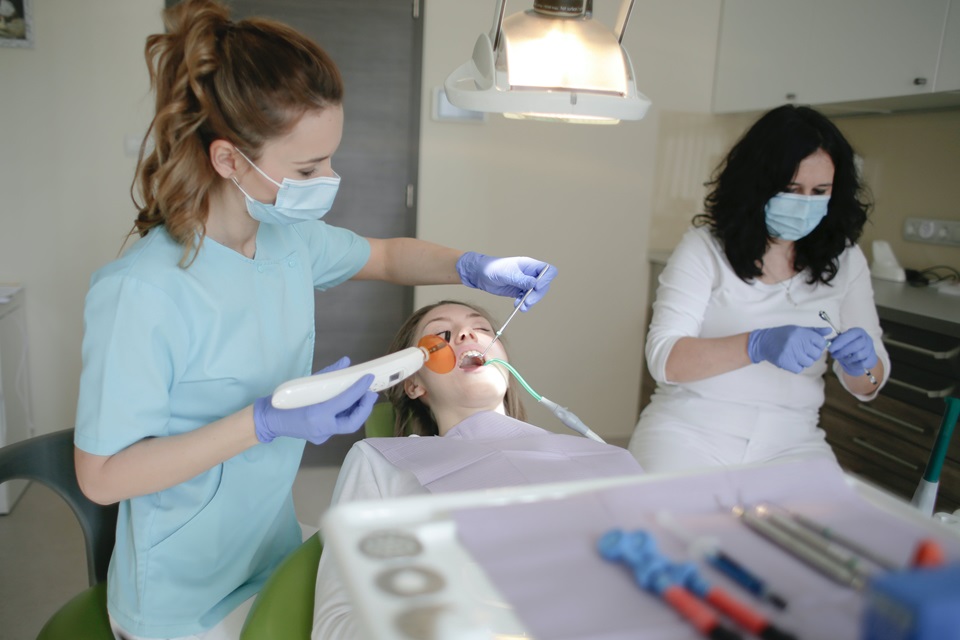In 2023, the face of dental care has changed.
Most people are now more comfortable going to dental appointments due in part to the cosmetic dental options that are available. However, following the COVID-19 pandemic of 2020, dental surgeries have had to up their game in relation to hygiene and infection control to ensure that the environment is safe for all of their patients.
So, whether you are opening a new dental surgery or are looking for some ways to ensure all of your practices are up to code, read on to learn how to make your surgery safe for dental patients.
Table of Contents
Infection Control
When the pandemic of 2020 hit, all healthcare providers had to ensure that their premises and staff were able to meet with patients and prevent the spread of COVID-19. To ensure that your dental surgery is safe, from the waiting room to the dental chair, you need to stay compliant with dental regulations in your area and ensure that all of the instruments you use are sterilized, as well as make sure that all of the surfaces are disinfected. Make sure that all of your staff routinely wash their hands, change their gloves, and place instruments into cleaning bins after each patient has been in the chair. This will prevent the spread of infections and keep your staff and your patients healthy and happy.
Patient Assessment
When you have patients coming to your dental surgery, whether it is for a check-up or an extraction, aim to conduct an assessment of them before they get to the surgery. The easiest way to do this is with an email, which will ask them to describe their health the day before the appointment. This has become somewhat standard since COVID-19, but you need to make sure that your surgery is still following this step, as it will prevent the spread of not only COVID-19 but other illnesses, too, which can impact your staff.
Emergency Procedures
It goes without saying that in healthcare, the unexpected should be expected.
Even though you run a dental surgery, you need to make sure that there is a defibrillator, an oxygen tank, and other emergency medications around the surgery. You will also need to ensure that all your staff, from the dentists to the reception team, are trained in first aid.
Monitoring Patients
Most patients who see a dentist will not need sedating. There are, of course, those who are fearful of the dentist and may need some help to relax with the use of medication. Ensure that these patients are monitored using heart rate monitors, as well as making sure that their blood pressure and oxygen levels are at adequate levels. This will help to make the processes as easy as possible and will reduce the downtime once the sedation has worn off.
Cleanliness
Make sure that all of the waiting areas and the reception spaces are squeaky clean. These areas are important for hygiene, too, as this is where your patients will sit while waiting for appointments, and these spaces need to be as clean as the dental surgeries themselves. So, it is best to hire professional cleaners who are trained in sterilizing and cleaning dental surgeries.



